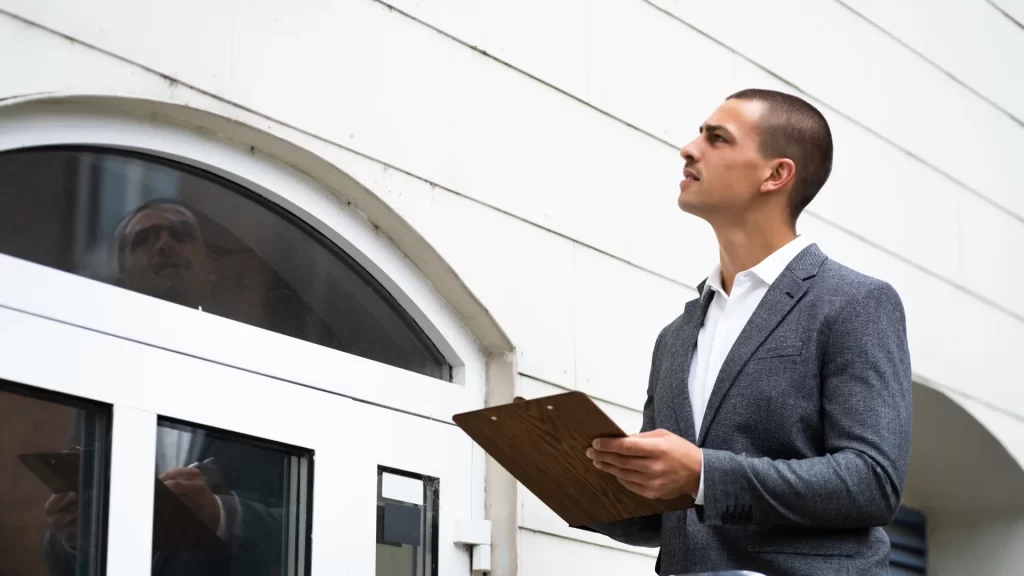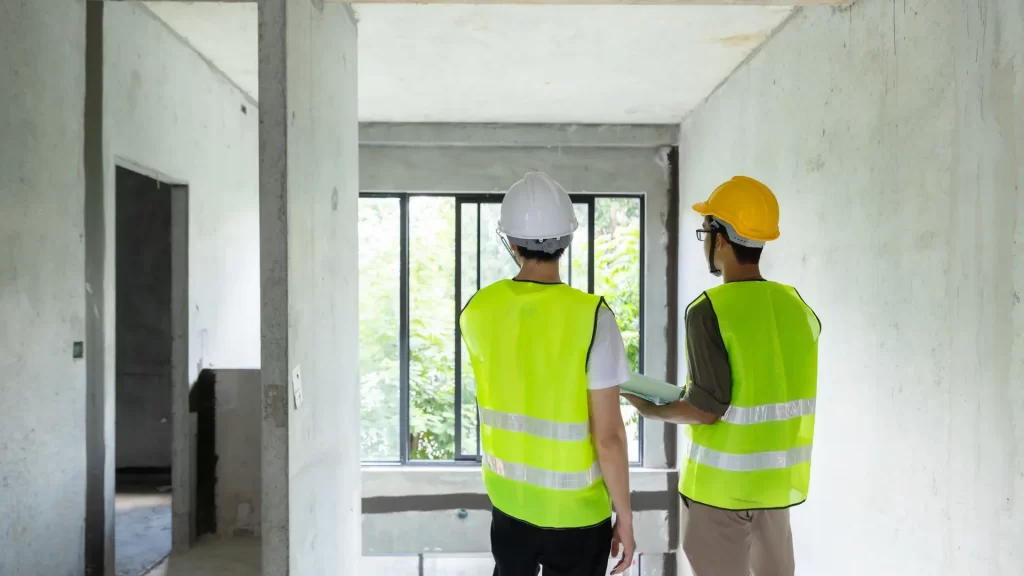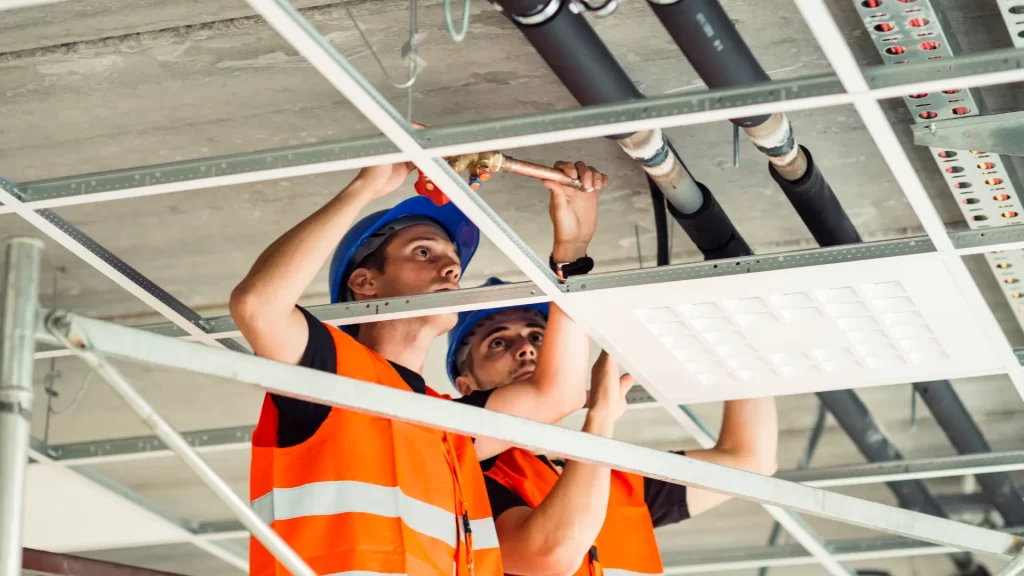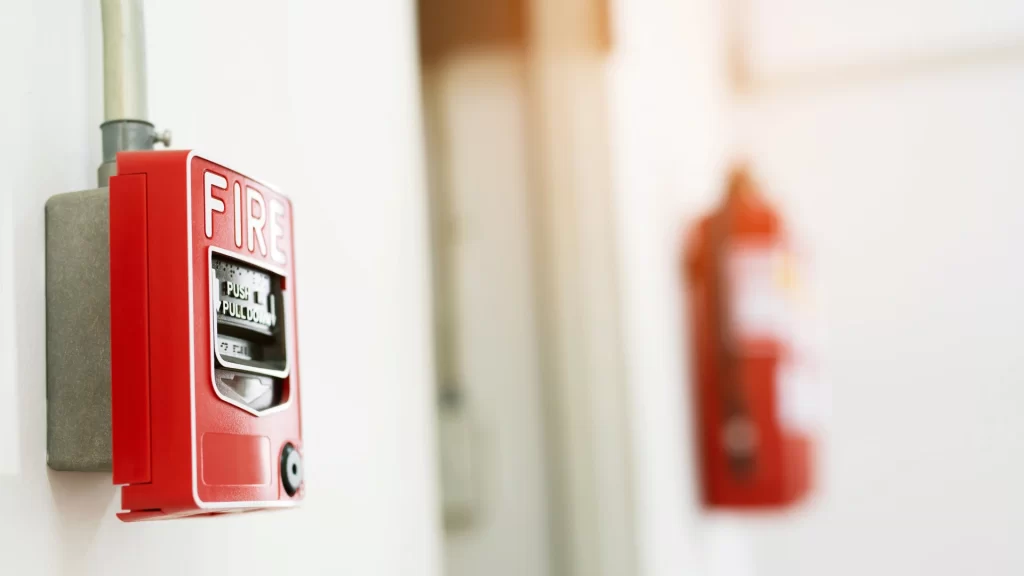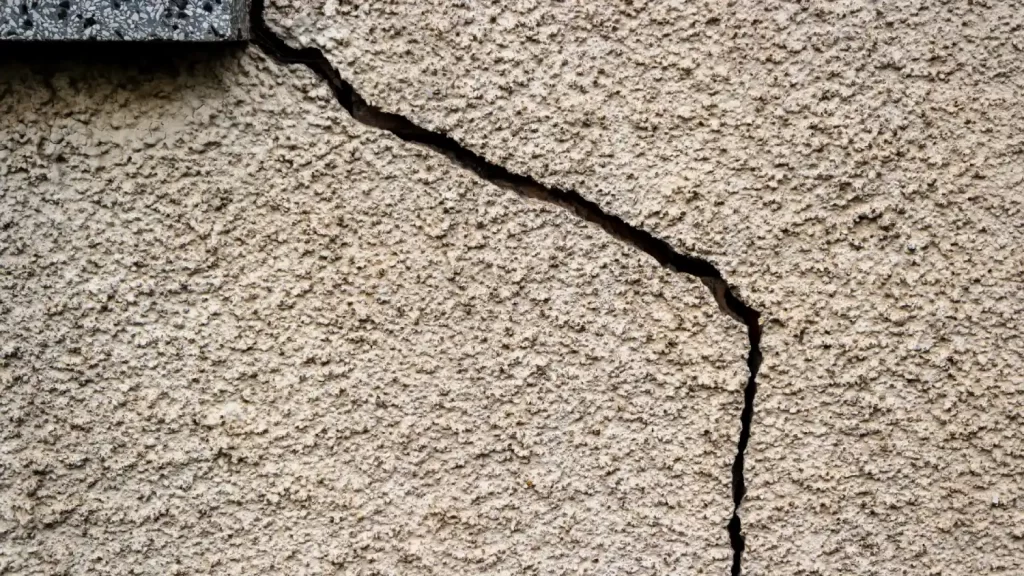Simply constructing a property is not enough no matter if you are someone who bought a home with all your life savings or an investor who has purchased a property for rental purposes. In both cases, you are obliged to take care of your belongings, and their healthy condition should always be your top priority. Purchasing a building does not just mean that you have to make an instant investment. However, it’s also a long-term commitment that requires careful attention to ensure that it remains safe.
While we talk about security and the overall protection of a building, two terms come to every expert’s mind: Condition audits and snagging. Most people presume that these terms are similar and that they both serve the same operations. However, that’s not the case. While both terms are related to inspection, their modules are entirely different.
In this blog, Land Sterling has come up with a guide for property owners, investors and managers on the difference between condition audits and snagging while outlining why and when each is needed to protect your investment.
What Is A Building Condition Audit?
Learning the difference between snagging and condition audits lets the companies understand their job role more clearly, which ultimately builds trust among clients. The process of condition audits is straightforward: the auditors come to a place, do a detailed assessment of older buildings, and examine the overall health of a building and its functionality. They look at the property on the whole and point out defects that can affect the overall structure, safety and performance.
The scope of the conditioning audit is different from the snagging. It’s a broad term that ultimately covers structural integrity, environmental factors and mechanical systems altogether. The purpose of a condition audit is mainly to ensure that the building is safe, compliant with the regulations and in good operational condition so the residents of the building don’t have to worry about their safety. Depending on the building age, auditors do these audits periodically every 2-5 years and invest time in detailed reporting, thus identifying the risks and recommendations for improvements and repairs.
What Is A Snagging Inspection?
While building inspection covers the overall health of a building, snagging inspection is a specific term; it mainly focuses on the small defects and primarily operates in newly constructed homes and buildings which have been renovated. This process can be done anytime between the construction and renovations; for example, snagging inspection might reveal the chipped tiles in the bathroom and poorly finished woodwork after the renovation.
The scope of work of snagging inspection is nearly opposite to what building audits do. It usually focuses on minor mistakes and targets nominal functional defects like uneven paint, misaligned doors and poorly installed fixtures. As far as the purpose of snagging inspection is concerned, it is to assure that the building meets the quality standards. This process is usually done after the construction or renovation so the client accepts the project.
When Is There A Need For Condition Audits?
It is evident that conditioning audit and snagging do not happen parallel; both have different timings. Condition audits are usually done:
H3- Older Buildings
Let’s suppose that you have been residing in a home for more than 30 years, and though the exterior of a building might be intact, you still need to invest in a condition audit because there must be structural issues because of the aged building material and systems. There might be structural, plumbing or outdated fire safety measures in such older buildings.
Before The Final Purchase Of A Property
According to research, 25% of property owners face the adverse outcomes of unexpected repair expenses because they don’t do the building assessment in particular before buying a property. This stat is enough to showcase that it is important to do a condition audit before you finalize the property purchasing decision.
When Should You Do A Snagging Inspection?
There should be awareness of when a property owner should call for a snagging inspection team. Since snagging inspection ensures that the property meets the expected standards of quality, it should be done at specific points of the renovation and construction. It focuses on the minor issues so they can be addressed on time. Usually snagging inspection is done after the renovation work is conducted to confirm that everything is completed. For example, the inspection might reveal that there are poorly installed electric sockets and titles are poorly aligned.
Conclusion
While snagging inspection and condition audits have the same goal, which is maintaining the standard of a property and building. However, still, the time and the process of doing them are different. You can book the consultation with Land Sterling so the team can guide you on whether your building needs snagging inspection or condition audits.


